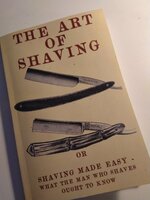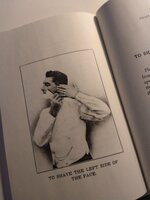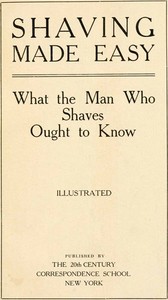- Thread starter
- #101
Nice way of putting things into perspective. I just get curious, given your detailed historical write-up:
I would love a list of sources, where I can read more. Are you able to list some of your sources for us in this forum?
There is no book describing straight razor shaving put into a social perspective. It's a too narrow span to be interesting for the general public. So you have to pick it up piece by piece from a multitude of sources while going along, like I have. History has been my hobby for more than 40 years.A list would be great, shaving in past Centuries seems to brushed aside for some reason.
Just to give you an indication of what might be a good introduction of the socioeconomic situation of the age of straight razor shaving and some background litterature I suggest:
- Dudley Dillard, Economic Development of the North Atlantic Community. This is THE classic textbook used as an introduction to the Economical development from the Industrial revolution to the mid 1900's.
A few novels describing the life conditions of ordinary people during the age of straight razor shaving:
Great Britain:
- Anything written by Charles Dickens. His novels describes the situation of the people that didn't make it in the industrialization of Great Britain
- Alfred Döblin, Berlin Alexanderplatz. A classic description of the harsh conditions for the German Working class.
- Hans Fallada, Little man, what now? Another novel describing the situation of the German lower middle class.
- Denis Lehane, The Given Day. A novel that, with deep insight, describes the social situation in the USA during the early 1900's
- John Steinbeck, Grapes of Wrath. This novel needs no introduction.
- Wilhelm Moberg, The Emigrants. This is a book series that describes the life of a Swedish emigrant family in the USA during the late 1800's.






